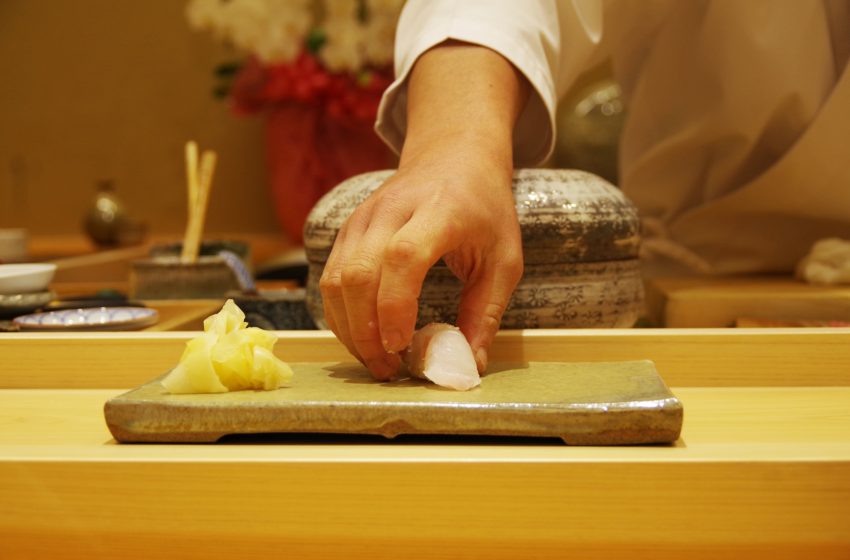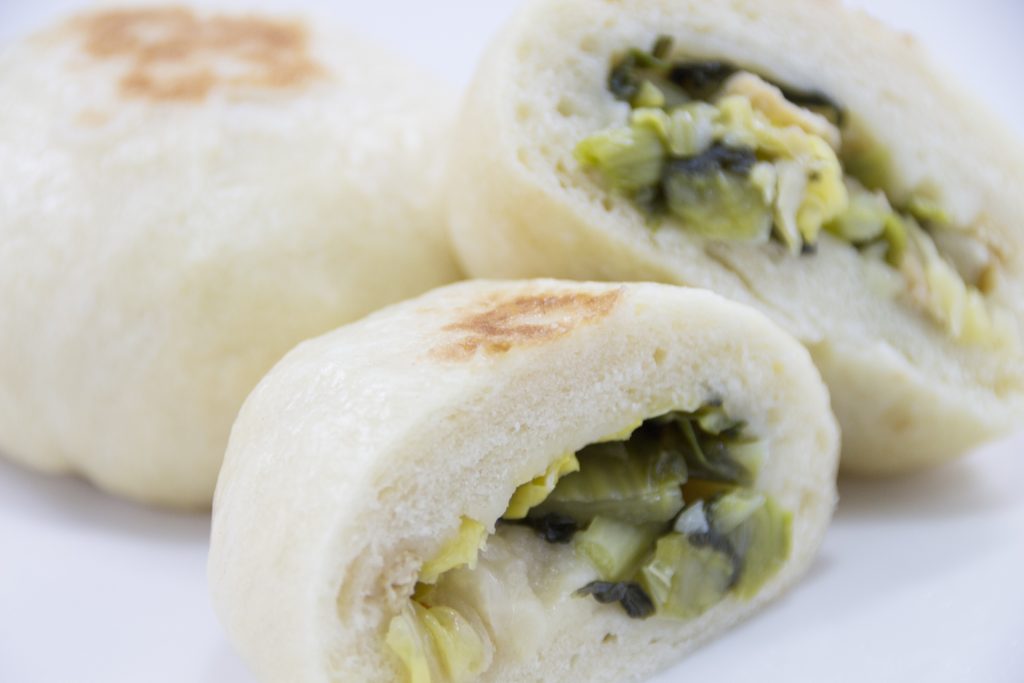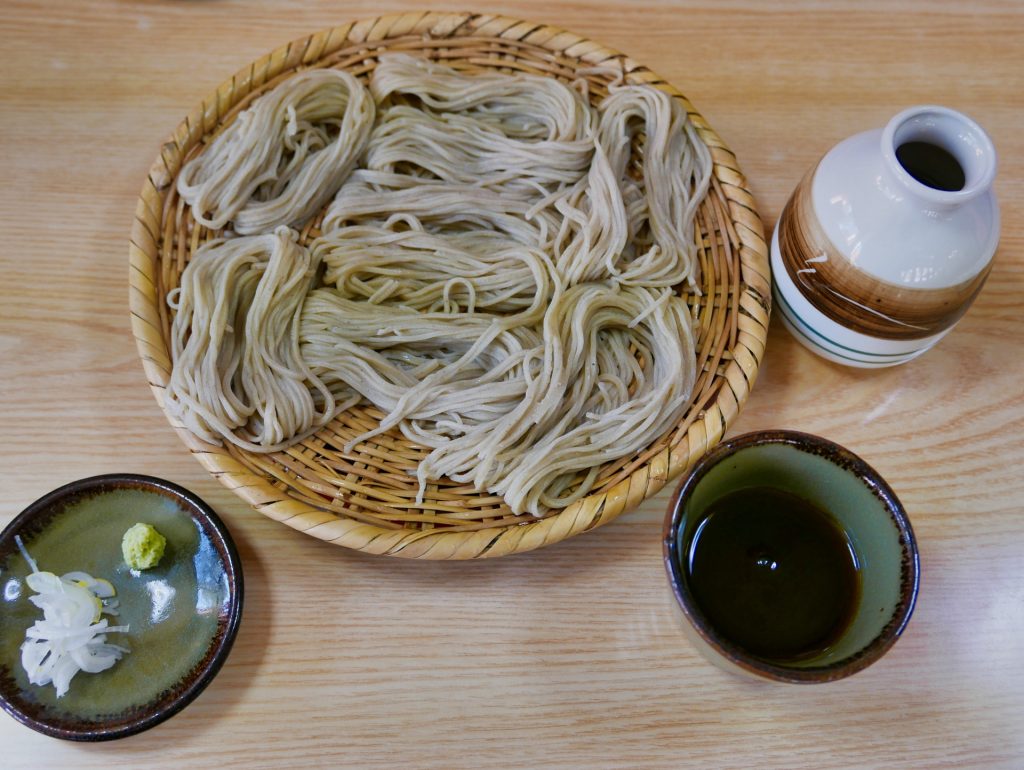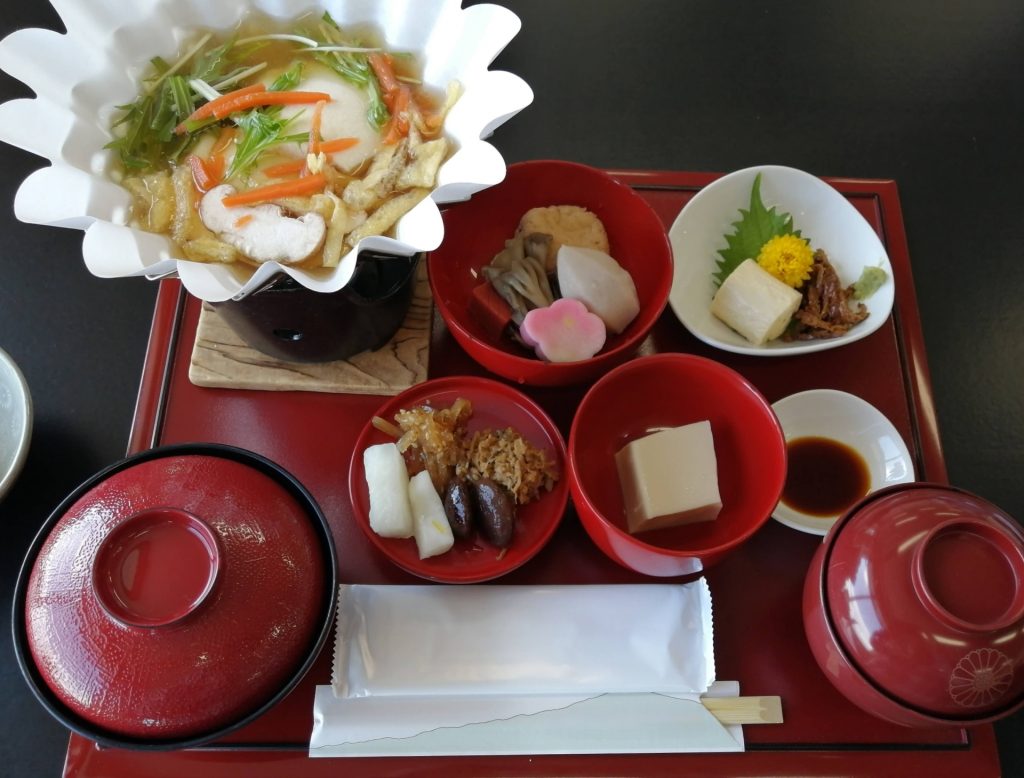
Savoring Sushi in Japan: Understanding “Omakase,” “Okonomi,” and “Okimari”
When dining in Japan’s mid-range to high-end sushi restaurants, you’ll encounter three distinctive ways to enjoy this celebrated Japanese cuisine: “Omakase,” “Okonomi,” and “Okimari.” Each offers a unique sushi dining experience, reflecting different levels of trust and choice between the chef and the diner. Whether you’re a sushi aficionado or a curious traveler eager to immerse yourself in Japan’s culinary culture, understanding these terms will enrich your sushi dining experience. Let’s dive into the nuances of Omakase, Okonomi, and Okimari.
1. Omakase (お任せ) – Chef’s Choice
“Omakase” translates to “I’ll leave it up to you,” representing a dining experience where the chef takes the lead in selecting and serving the dishes. This option is a testament to the diner’s trust in the chef’s expertise, allowing for an exclusive and personalized meal based on the day’s best ingredients and the chef’s creativity.
Why Choose Omakase?
- Experience the Chef’s Mastery: Omakase showcases the chef’s skills in selecting, preparing, and presenting sushi using the freshest seasonal ingredients.
- A Culinary Adventure: Diners enjoy a surprise element, as each course is revealed one at a time, offering a journey through a variety of flavors and textures.
- Personalized Interaction: Omakase often involves direct interaction with the chef, providing insights into the ingredients and preparation methods.
2. Okonomi (お好み) – Diner’s Choice
“Okonomi” means “as you like” or “your choice,” giving diners the freedom to select each piece of sushi according to their preferences. This approach is ideal for those with specific likes, dislikes, or dietary restrictions, as it allows full control over the dining experience.
Why Choose Okonomi?
- Customizable Meal: Diners can curate their meal, selecting only the types of sushi they enjoy or are curious to try.
- Flexibility: Okonomi is perfect for those who wish to pace their meal or focus on particular types of fish or seafood.
- Familiarity and Comfort: This option suits diners who prefer making their own choices or those with a clear idea of what they want to eat.
3. Okimari (お決まり) – Set Course
“Okimari” refers to a predetermined set course or menu, offering a balanced selection of sushi at a fixed price. This middle ground between Omakase and Okonomi combines the convenience of a set meal with the opportunity to sample the chef’s selections without the full commitment of an Omakase experience.
Why Choose Okimari?
- Simplicity and Value: Okimari sets are often designed to provide a comprehensive sushi experience at a good value, making it easy to decide.
- Balanced Selection: These sets are carefully curated to include a variety of flavors and textures, ensuring a satisfying meal.
- Efficiency: Ideal for diners looking for a high-quality sushi experience without the time commitment or expense of Omakase.
Conclusion
Japan’s sushi culture offers a rich tapestry of dining experiences, from the highly personalized Omakase to the flexible Okonomi and the balanced Okimari. Each approach provides a unique way to explore the art of sushi, whether you’re seeking a culinary adventure, specific tastes, or a curated introduction to this exquisite cuisine. When visiting a sushi restaurant in Japan, consider your dining preferences and choose the style that best suits your culinary curiosity and appetite for exploration.




